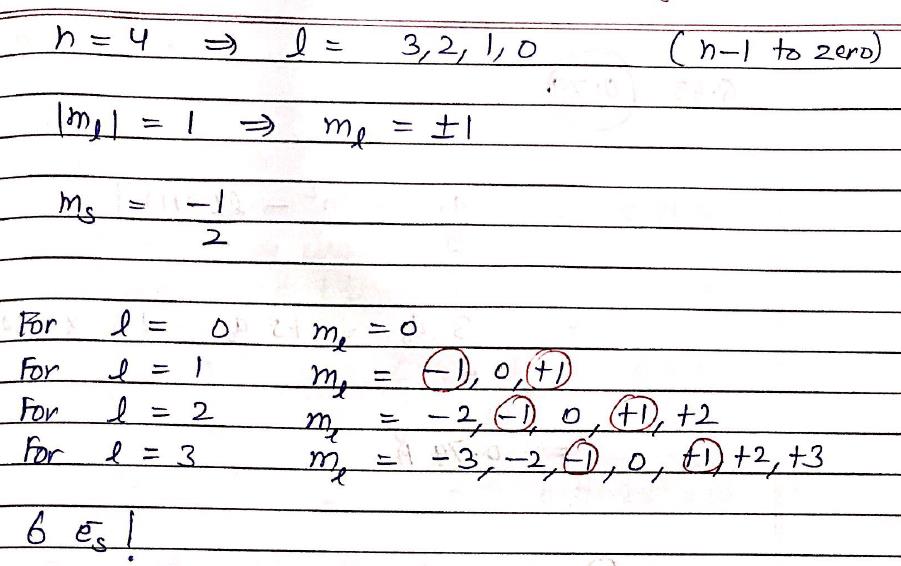


#Calculate ms to qutim manual
Īnother early use of the word is from 1240, in a manual titled Carmen de Algorismo composed by Alexandre de Villedieu. English adopted the French term, but it was not until the late 19th century that "algorithm" took on the meaning that it has in modern English. In English, the word algorithm was first used in about 1230 and then by Chaucer in 1391. Indian mathematics was predominantly algorithmic.Īlgorithms that are representative of the Indian mathematical tradition range from the ancient Śulbasūtrās to the medieval texts of the Kerala School. 'arithmetic'), the Latin word was altered to algorithmus, and the corresponding English term 'algorithm' is first attested in the 17th century the modern sense was introduced in the 19th century. In the 15th century, under the influence of the Greek word ἀριθμός ( arithmos), 'number' ( cf. In late medieval Latin, algorismus, English ' algorism', the corruption of his name, simply meant the "decimal number system". Al-Khwarizmi was the most widely read mathematician in Europe in the late Middle Ages, primarily through another of his books, the Algebra. The manuscript starts with the phrase Dixit Algorizmi ('Thus spake Al-Khwarizmi'), where "Algorizmi" was the translator's Latinization of Al-Khwarizmi's name. About 825, al-Khwarizmi wrote an Arabic language treatise on the Hindu–Arabic numeral system, which was translated into Latin during the 12th century.

Muḥammad ibn Mūsā al-Khwārizmī was a mathematician, astronomer, geographer, and scholar in the House of Wisdom in Baghdad, whose name means 'the native of Khwarazm', a region that was part of Greater Iran and is now in Uzbekistan. The word algorithm is derived from the name of the 9th-century Persian mathematician Muḥammad ibn Mūsā al-Khwārizmī, whose nisba (identifying him as from Khwarazm) was Latinized as Algoritmi ( Arabized Persian الخوارزمی c. Arabic mathematicians such as al-Kindi in the 9th century used cryptographic algorithms for code-breaking, based on frequency analysis. Greek mathematicians later used algorithms in 240 BC in the sieve of Eratosthenes for finding prime numbers, and the Euclidean algorithm for finding the greatest common divisor of two numbers. Arithmetic algorithms, such as a division algorithm, were used by ancient Babylonian mathematicians c. The concept of algorithm has existed since antiquity. 11.6 Mathematics during the 19th century up to the mid-20th century.11.5 Mechanical contrivances with discrete states.11.3 Manipulation of symbols as "place holders" for numbers: algebra.11.2 Discrete and distinguishable symbols.11 History: Development of the notion of "algorithm".7.4 Measuring and improving the Euclid algorithms.7.2.3 An elegant program for Euclid's algorithm.7.2.2 An inelegant program for Euclid's algorithm.7.2.1 Computer language for Euclid's algorithm.The transition from one state to the next is not necessarily deterministic some algorithms, known as randomized algorithms, incorporate random input. Starting from an initial state and initial input (perhaps empty), the instructions describe a computation that, when executed, proceeds through a finite number of well-defined successive states, eventually producing "output" and terminating at a final ending state. Īs an effective method, an algorithm can be expressed within a finite amount of space and time, and in a well-defined formal language for calculating a function. In contrast, a heuristic is an approach to problem solving that may not be fully specified or may not guarantee correct or optimal results, especially in problem domains where there is no well-defined correct or optimal result. Using human characteristics as descriptors of machines in metaphorical ways was already practiced by Alan Turing with terms such as "memory", "search" and "stimulus".

#Calculate ms to qutim code
By making use of artificial intelligence, algorithms can perform automated deductions (referred to as automated reasoning) and use mathematical and logical tests to divert the code execution through various routes (referred to as automated decision-making). Algorithms are used as specifications for performing calculations and data processing. In mathematics and computer science, an algorithm ( / ˈ æ l ɡ ə r ɪ ð əm/ ( listen)) is a finite sequence of rigorous instructions, typically used to solve a class of specific problems or to perform a computation. Ada Lovelace's diagram from "note G", the first published computer algorithm


 0 kommentar(er)
0 kommentar(er)
